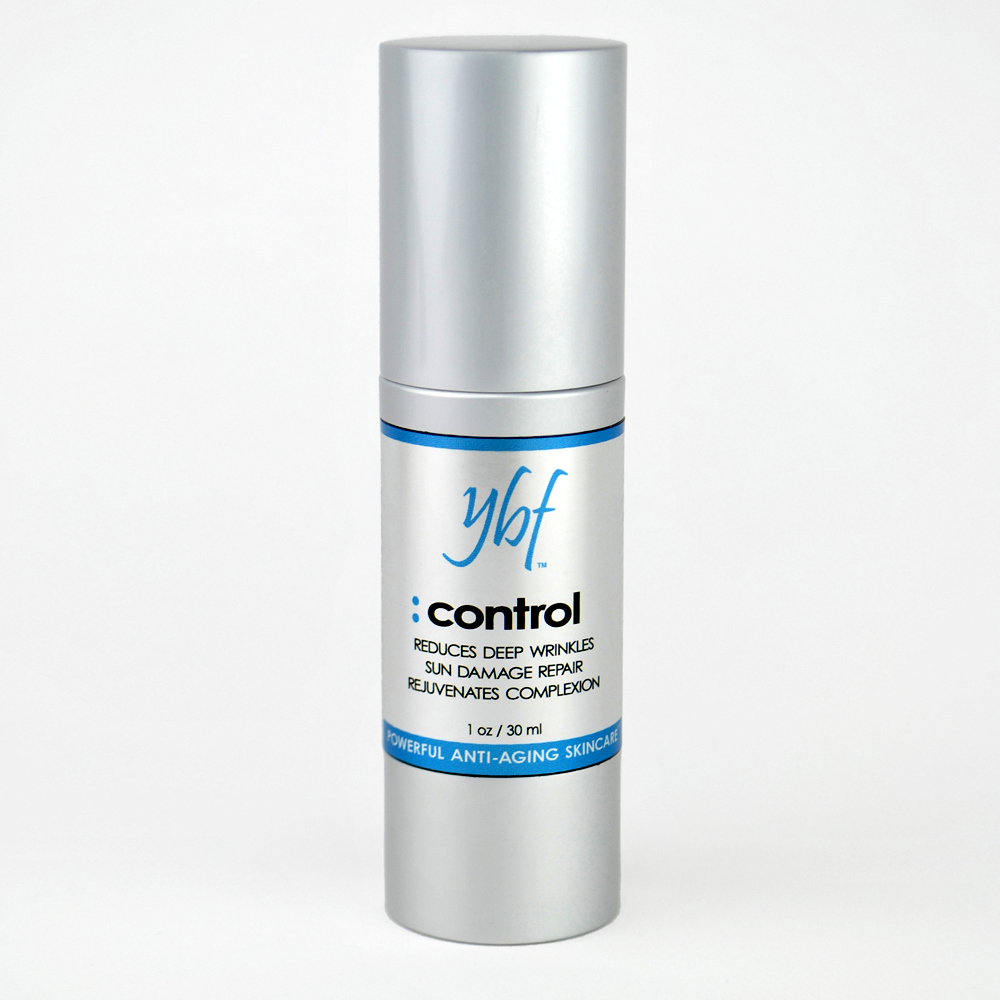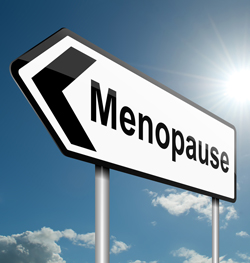Gravity can bring your spirits down as you come to terms with sagging skin and drooping jowls. What's actually happening is that the skin is losing its elasticity. A few years ago, I noted that while good anti-aging serums and treatments iron out fine lines, they don't necessarily restore elasticity. I believe that cosmetics and tools have moved on since then and that elasticity can be addressed. So here's the truth (at least for 2015) about elasticity loss and what can help.
Elastin and Skin
Elastin is a highly elastic protein in connective tissue and allows many tissues in the body to resume their shape after stretching or contracting. Elastin fibers are made up of proteins rich in amino acids.
For the nerdy: Elastin fibers are composed of a cross-linked elastin core and an outer layer of fibrillin. These two components perform distinct roles; elastin stores energy and drives passive recoil (i.e., like an elastic, it goes back to the original position), while fibrillin microfibrils mediate cell signaling among other things. Reduced elasticity in many tissues, as a result of compromised elastic fiber function, becomes prevalent as we age (source).
But, we can bounce back (well, to some extent) — here's how.
LED Light Therapy and Elastin
Red LED light is one of the best things for restoring elastin, and some German researchers shed light on how it works. The LED light changes the molecular structure of a glue-like layer of water on elastin, the protein that provides elasticity in skin, blood vessels, heart and other body structures. The light strips away those water molecules that are involved in the immobilization of elastin, gradually restoring its elastic function and thus reducing facial wrinkles. Red LED is featured, along with ultrasound, on the Truth Vitality Lux Renew ($279 in the shop).
Copper Peptides and Elastin
Clinical studies have found that copper peptides remove damaged collagen and elastin from the skin and scar tissue because they activate the skin's system responsible for those functions. Copper is the key mineral in lysyl oxidase, an enzyme that weaves together collagen and elastin. Benir Beauty BV-9 Platinum Provectus Super Serum ($195 in the shop) uses a unique formulation of 7 different peptides, including copper. Osmotics is an enthusiastic formulator with copper and it can be found in its Blue Copper 5 Firming Elasticity Repair ($58) as well as Prime ($135). See our Five Best with Copper Peptides.
Glycosaminoglycans and Elastin
Glycosaminoglycans' primary role is to maintain and support collagen, elastin and turgidity (bounce) in the cellular spaces. There is a an eye cream by Lumavera that features glycosaminoglycans, the Lumavera Anti-aging Eye Cream ($80).
Gluconolactone and Elastin
Gluconolactone is a polyhydroxy acid, and this is one acid worth dropping. It protects cell lipids and membranes from UV damage. Furthermore, it may also help to preserve the skin's elasticity by preventing an increase in the enzyme elastase. You'll find this in I Pekar's lovely Eye Cream ($68 in the shop) and in Snowberry New Radiance Face Serum ($46).
Trifluoroacetyl Tripeptide-2 and Elastin
The elastase enzyme attacks structural proteins, e.g., elastin, and so ingredients that inhibit it are a good thing. This peptide, also known as TT2, does just that and as a result reduces sagging and slacking. You can find it in E'shee Clinical Esthetic Alpha and Omega Gene Therapy Eye Cream ($284 in the shop).
Relistase and Elastin
Another intimidating sounding peptide: acetylarginyltryptophyl diphenylglycine. This is actually a tripeptide that inhibits elastase activity and boosts collagen 1 synthesis. It has also been designed to treat sagginess and restore firmness to the skin. I haven't found any independent studies, but the manufacturer claims that women around the age of 49 saw a 14% improvement in overall elasticity within 8 weeks. Relistase is in Your Best Face Control ($160 in the shop) and Your Best Face Prep ($80 in the shop).
Marta Wohrle is an anti-aging skin care and beauty expert and the founder/CEO of Truth In Aging. Marta is dedicated to uncovering the truth behind anti-aging product claims.




















October 18, 2017
by Charlotte ostlund
What are some cheaper products that work for an average working women ?